The following article was written by Tom Robinson, collectSPACE.com contributor.When NASA's Apollo spacecraft launched to the moon, it had on board two briefcase-size computers that for their day would normally have required enough floor space to fill a couple of rooms. The compact devices were small, but had enough processing power and memory to guide the astronauts from Earth to the moon.
Fifty-five years later, the British startup Apollo Instruments has been able to shrink the Apollo Guidance Computer (AGC) even further — to the size of a wristwatch. Now, anyone can wear the display and keyboard system, or DSKY (pronounced "disk-key"), that astronauts used on the command and lunar modules.
The DSKY Moonwatch is more than just a novelty timepiece; wearers can interact with it just like the Apollo crews did and fly to the moon (rocket and spacecraft not included).
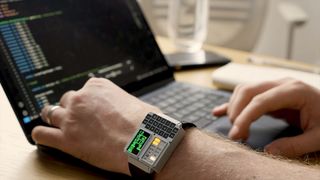
"I started thinking, could you recreate the DSKY at the scale of an Apple Watch?" said Mark Clayton, Apollo Instruments' CEO. An engineer with a lifelong passion for aviation and space, Clayton was working on miniaturized digital displays when he noticed that the vibrant green glow they emitted bore a striking resemblance to the iconic DSKY display.
Using original drawings from MIT, Clayton and his team, which includes two former Formula 1 engineers, set about scaling down the DSKY.
"We were pushing our manufacturing equipment to its limits, producing something so intricate and small," he said.
Related: The Apollo Program: How NASA sent astronauts to the moon
Nouns and verbs
Equally revolutionary as the AGC's small size was the way the Apollo astronauts interacted with it. Rather than carrying thousands of punch cards into space or relying on a sprawling bank of switches and lights, as was typical for computers of the time, MIT designed one of the first display and keyboard systems, which was then used to enter numbers representing verb and noun codes.
To those accustomed to modern point-and-click setups, the AGC's approach can appear challenging to grasp. In essence, verbs represented actions the computer could perform, while nouns were specific data inputs.
For example, pressing "verb" followed by "35" triggered a test of the indicator lights and display. Verb and noun commands also instructed the Apollo lunar module's computer to begin the landing routine. Both of these actions can be replicated on the DSKY Moonwatch.
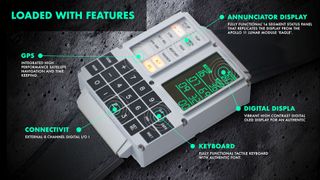
Verb and noun codes also allow users to adjust the watch's time, alarm, stopwatch and GPS navigation functionalities. On the Apollo missions, astronauts used a "cheat sheet" to keep track of nearly 200 verbs and nouns. Wearers have a similar guide, so there is no long list of codes to memorize.
"We felt a profound responsibility to get this right," said Clayton. "We wanted to create something that the community is going to be accepting of, where they say, 'This is exactly how we would have designed it ourselves.'"
Code pre-loaded
Half a decade in the making, Apollo Instruments' DSKY Moonwatch is designed to replicate the DSKY aboard the Apollo 11 lunar module at a 4:6:1 scale, featuring identical fonts and color backlighting. The commitment to authenticity extended to matching the original number of bulbs (three) behind each indicator light.
The LED lights inside the watch normally emit a pure-white light, lacking the warm glow of the DSKY's original incandescent bulbs. To replicate the precise hue, the team enlisted Rosco, a multi-Academy Award-winning company, to design custom color filters. "Creating the [DSKY] Moonwatch posed major challenges," said Clayton. "But we wanted users to experience it just as Apollo astronauts did with the original."
The watch's open-source core code was written to be user-friendly and open up wide-ranging possibilities for programmers. This includes porting the original Luminary code, designed by Apollo software lead Margaret Hamilton and her team at MIT, onto the watch. Enthusiasts can connect the DSKY Moonwatch to a spaceflight simulator on their computer and recreate the Apollo 11 mission, punching in the same commands as used by Neil Armstrong, Mike Collins and Buzz Aldrin.
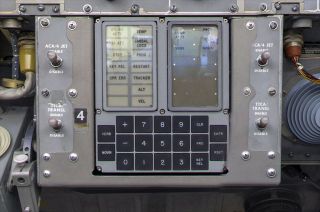
Containing 40,000 lines of code, Luminary was the software for the Apollo lunar module. During Apollo 11's landing, error messages started flashing as bad radar data overloaded the system.
Because the lunar module used one of the first fly-by-wire systems, Armstong's joystick inputs did not directly control the spacecraft; instead, they were processed by the computer first, making the situation potentially mission-ending. However, the Luminary code was designed to prioritize essential tasks, allowing the Apollo computer to dump the bad data and ensure a successful landing.
Beyond the moon
Museum docents and history buffs often like to cite that the modern smartphone has more computing power than all of NASA had in 1969, or that a smart doorbell has the same computing power as the Apollo spacecraft. But this overlooks the true power of the Apollo Guidance Computer. While it doesn't match modern devices in raw processing power, it was remarkably reliable and capable for the mission it was designed to accomplish.
Porting the Luminary code onto the DSKY Moonwatch is just one of the ways Clayton envisions people interacting with the watch. "You can upload your own custom code onto it," he said. "It can be used as a tool for a maths or physics project. The possibilities are limited only by the user's imagination."
Future innovations to the watch will be community-led. "We're considering a miniaturized Apollo Guidance Computer with a customized circuit board to connect with the Moonwatch, but we want the community to guide our next steps," Clayton said.
Related: Lunar legacy: 45 Apollo moon mission photos
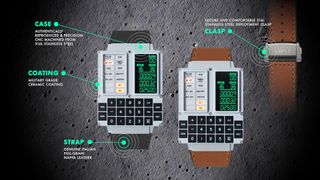
The Apollo Guidance Computer and DSKY were groundbreaking developments in both space exploration and computing; without them, the moon landings wouldn't have been possible. For Clayton and his team, the goal with the DSKY Moonwatch was to create a "jewel of miniaturization:" a replica you could wear on your wrist that captured the Apollo astronaut experience while enabling new uses for the legacy design.
Apollo Instruments' DSKY Moonwatch is available for pre-order now with a down payment of £240 (about $300 U.S.) against the total cost of £649 ($820 U.S.).
Follow collectSPACE.com on Facebook and on X at @collectSPACE. Copyright 2024 collectSPACE.com. All rights reserved.
.png)
 2 weeks ago
18
2 weeks ago
18
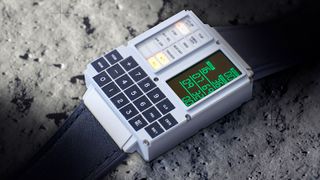


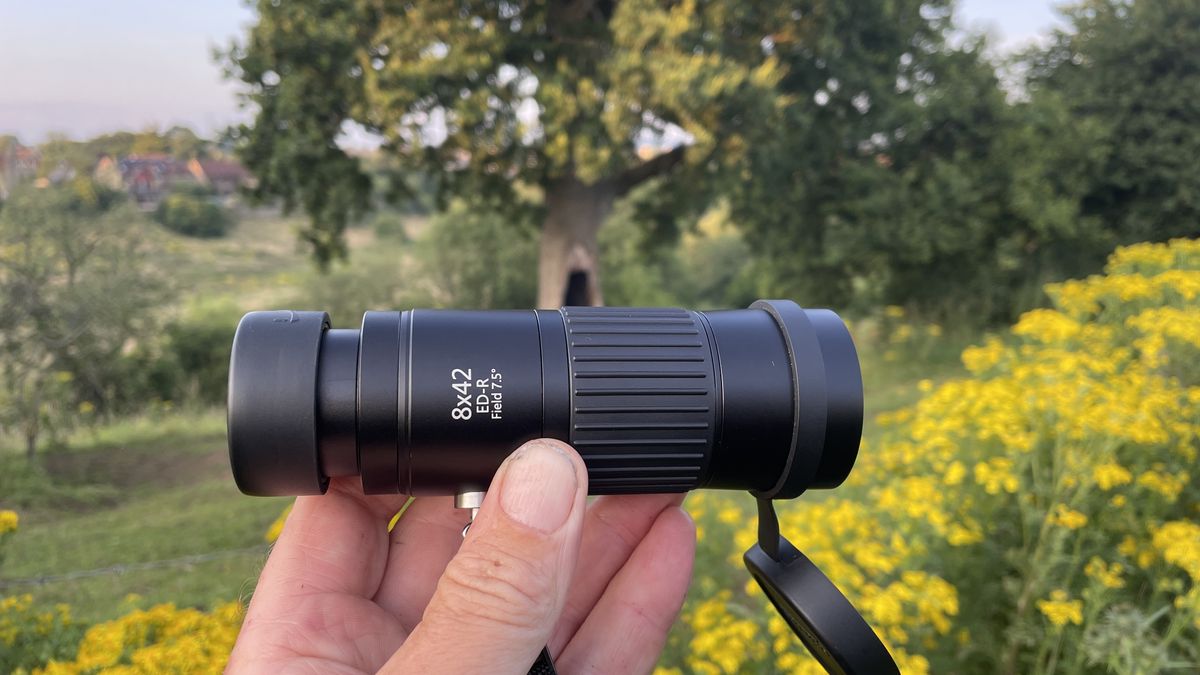



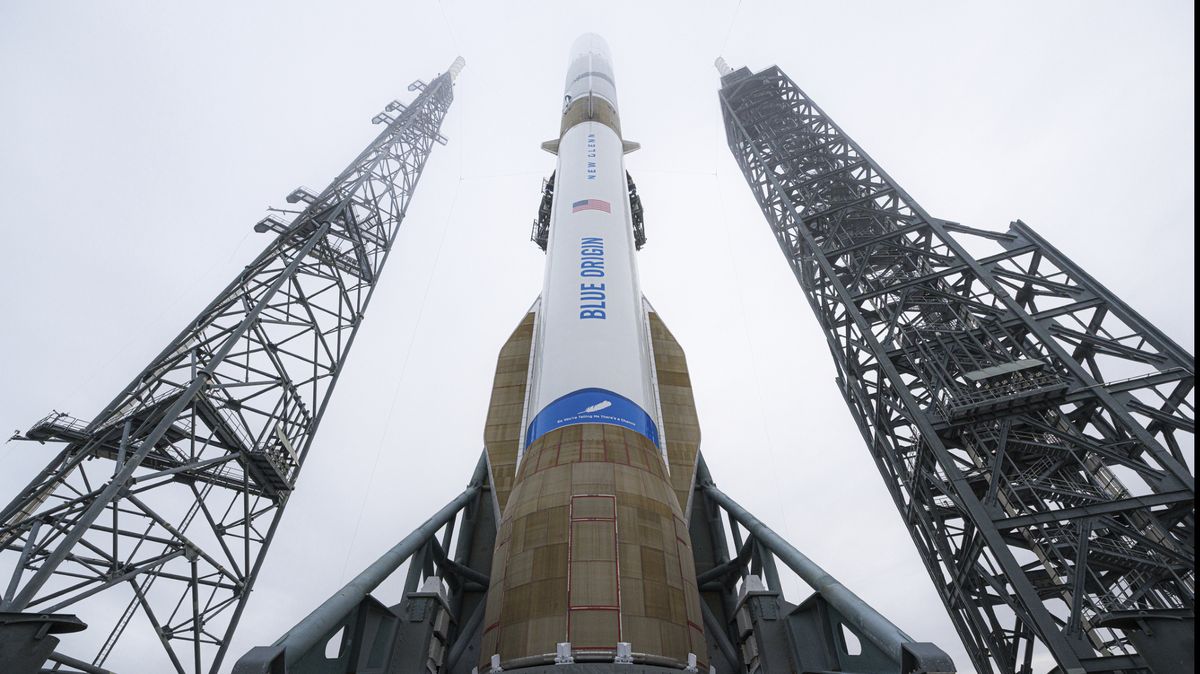
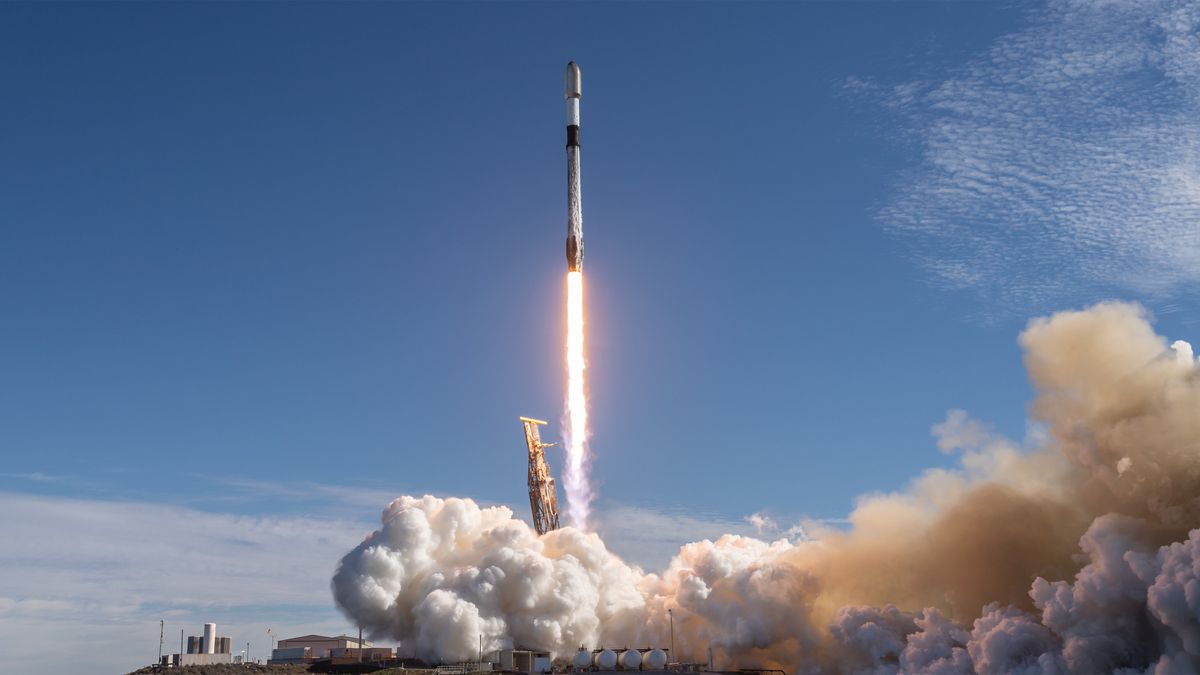


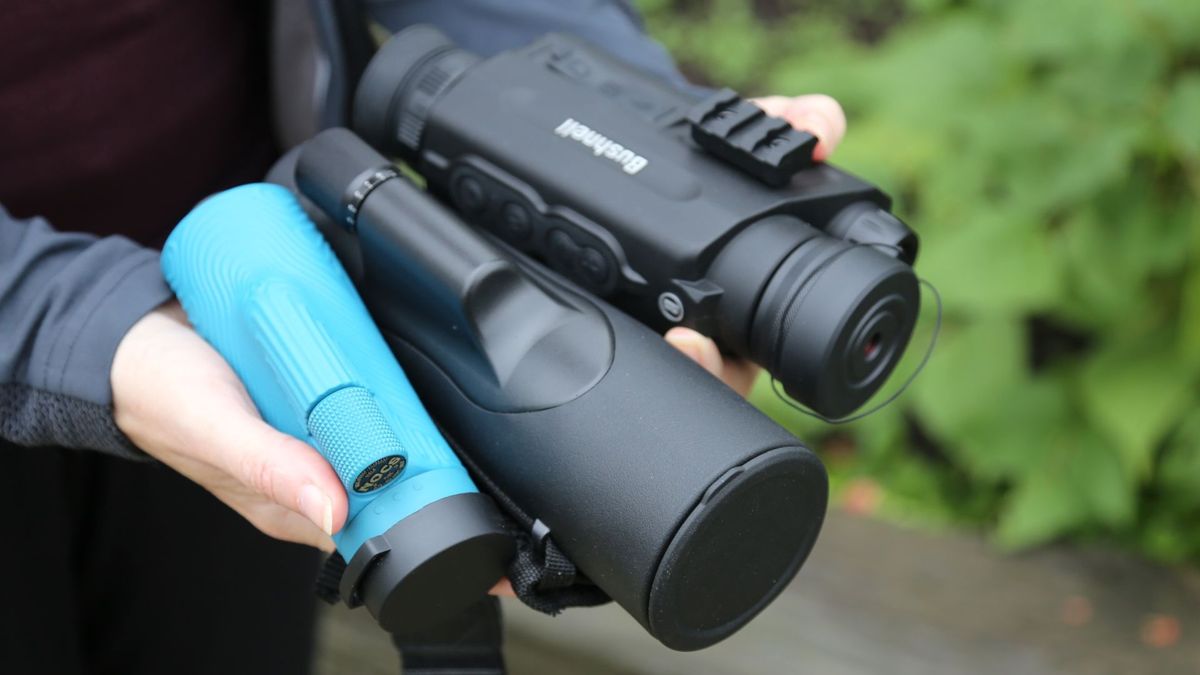























 Bengali (BD) ·
Bengali (BD) ·  English (US) ·
English (US) ·